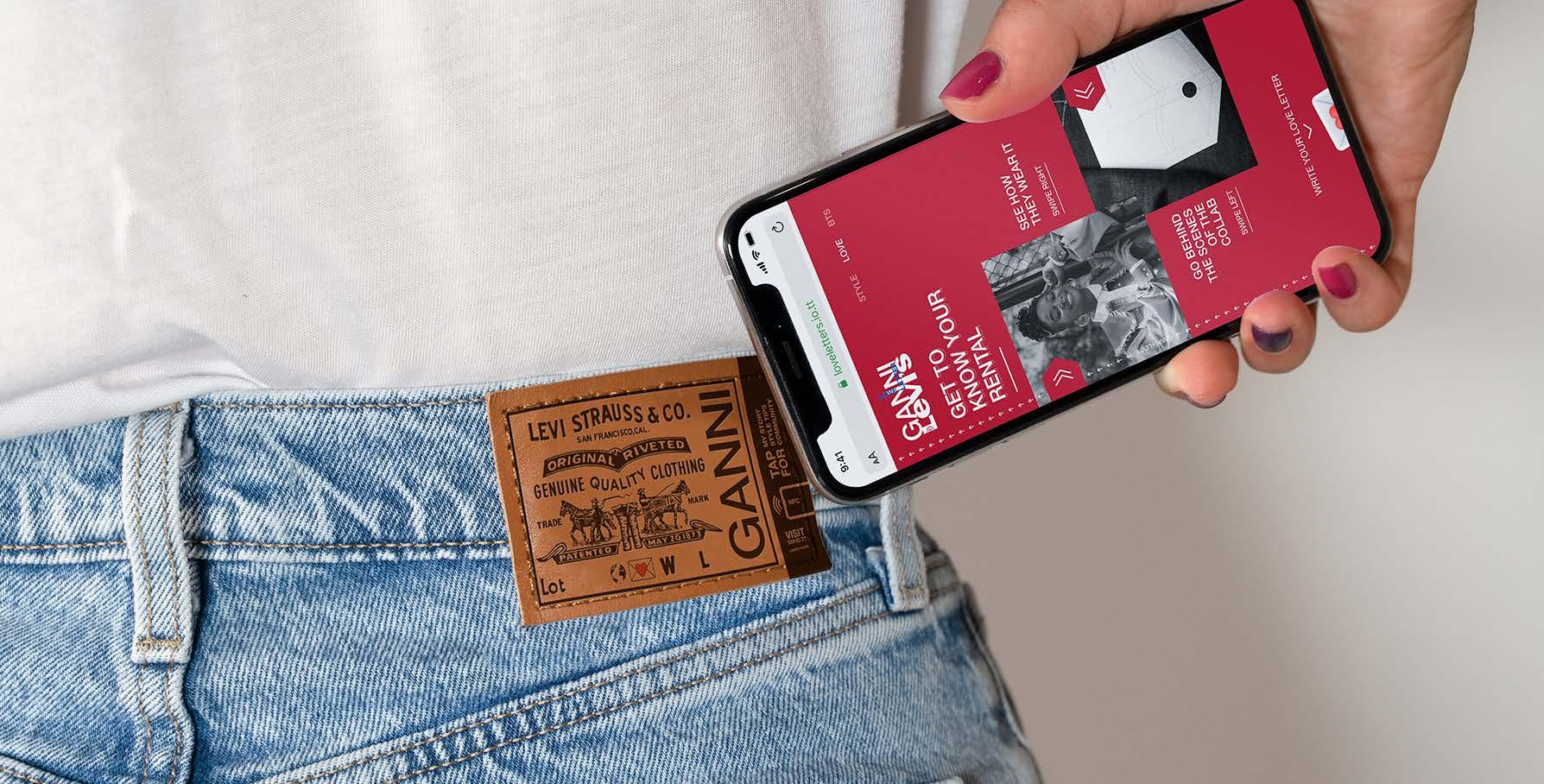
5 minute read
Connected packaging
It’s time to connect
By Rob Hollands, Managing Director, SharpEnd
Advertisement
Recent research shows that 86% of consumers are more likely to buy a product that delivers a connected experience.
s with many new technologies, there is usually a period of hype, high expectations, trials, errors and some questionable use cases. This is often followed by disillusionment, after which we start to find genuine value and begin to climb the ‘slope of enlightenment’, captured by the Gartner Hype Cycle. It is in this period of enlightenment that Connected Packaging now finds itself.
Connected Packaging is a relatively simple concept: take a brand’s largest owned media asset – their packaging – create a valuable consumer experience, add a clear and compelling call-to-action and incorporate technology such as QR, NFC or AR, to connect it all together. Digitalising this most analogue of assets finally unlocks who buys and uses our products. It can build genuine loyalty amongst the most valuable consumers, tell immersive brand stories, educate, as well as entertain and delight. It can facilitate purchase, support transparency and authenticity, drive sustainable behaviours and can even begin to make packaging more accessible for blind and disabled users. Consumers are connecting Three forces have aligned to bring us to this exciting tipping point. The pandemic has condensed many years of digitalisation into just a few. It has also prioritised organisations’ need to reach consumers in new and meaningful ways and drive value from existing assets.
The big tech companies and handset manufacturers are enabling this momentum. They have continuously enhanced QR and NFC features now
Connected packaging technology QR (Quick Response Code): consumers scan a code with their smartphone camera. Mostly recognised as a small black and white square of squares, but with increasing creativity around design.
IR (Image Recognition): consumers point their smartphone camera at the product or packaging. Computer vision or object detection identifies the product and delivers a relevant experience. NFC (Near-field communication): consumers tap a small, embedded NFC tag from a distance of around 3cm or less with their smartphone.
AR (Augmented Reality): sometimes combined with IR for a ‘marker-less’ experience but more often triggered from a QR code. AR allows you to ‘augment’ digital content with the physical world. ‘webAR’ is now achieving this without the need for an app.

natively built into smartphones, made advancements in IR and supported widespread investment in AR. Finally, and most importantly, consumers are connecting with the objects and products in the world around them.
Recent Connected Consumer Research* highlights the high awareness of QR (88%), AR (64%) and NFC (32%). It confirms the positive consumer sentiment, with 90% of those surveyed in the US and Europe being excited about connected packaging. It touches on the commercial potential, with 86% of consumers more likely to buy a product that delivers a connected experience. However, there is still a need to educate and despite familiarity with QR codes, 51% of respondents didn’t realise they could use their phone camera to scan.
Data opportunity The rise of the connected consumer means there has never been a bigger opportunity for brands to utilise this powerful medium to drive insights and firstparty data. Digital has filled many data gaps, but it still fails to build a picture of what is happening in the physical world. Connected packaging closes this gap with its unique presence across the entire consumer journey – in-store, onthe-go and at home. High engagement rates (typically 5-20%) and conversion rates translate into genuine data and insights. It’s common for 40% or more of ‘taps’ and ‘scans’ to convert into customer profiles. This data will be increasingly important as we move through to 2023 and see more restrictions around tracking, including the end of thirdparty cookies. Brands with strong first-party data (and the ability to act on that data) will be well positioned to win.
Tips for success 1. Lead with experience This is a creative endeavour rather than a technical challenge. Always lead with the experience and appreciate that this is a special moment. It’s likely the user has your product in their hand and the experience should understand this context of use. Challenge what would compel them to ‘tap or scan’ and identify the most valuable and rewarding experience for that engagement.
2. Establish clear KPIs Connected packaging brings with it all the key benefits of tracking and measurability seen across other digital channels. Set clear KPIs and establish benchmarks. Comparing other media channels can be helpful, for instance, equate a scan to an online click and apply the associated media value. 3. Educate consumers This is an emerging industry; brands must support and educate consumers. Provide simple steps to engage and communicate the benefits of interacting. Explain to the user how you’ll use their data. Create educational content for other channels. Remember to also educate your internal teams and partners.
4. Support the activity The best results occur when connected packaging is considered a core pillar of the overall campaign and successful programmes support the activity with communication across channels. Get influencers demonstrating their interaction with the packaging and the experience, incorporate messaging into point-of-sale materials, and communicate in advertising.
5. Move fast Start small and build on your learnings. Initially, you do not need to be deeply integrated into your existing operations or technology stack; you don’t have to address every business objective. Instead, take an agile approach – pilot quickly, get out to market, test, learn and then scale.
Enlightened? As we creep towards the end of 2021 and brands move from the reactive transformation of the past years into more meaningful connected experiences, it will become critical to build value into your biggest owned media asset, unlock the data opportunity and connect with the people buying and using your products.
The time for packaging transformation is now. It’s time to connect.
*SharpEnd Connected Experience Report, July 2021.













